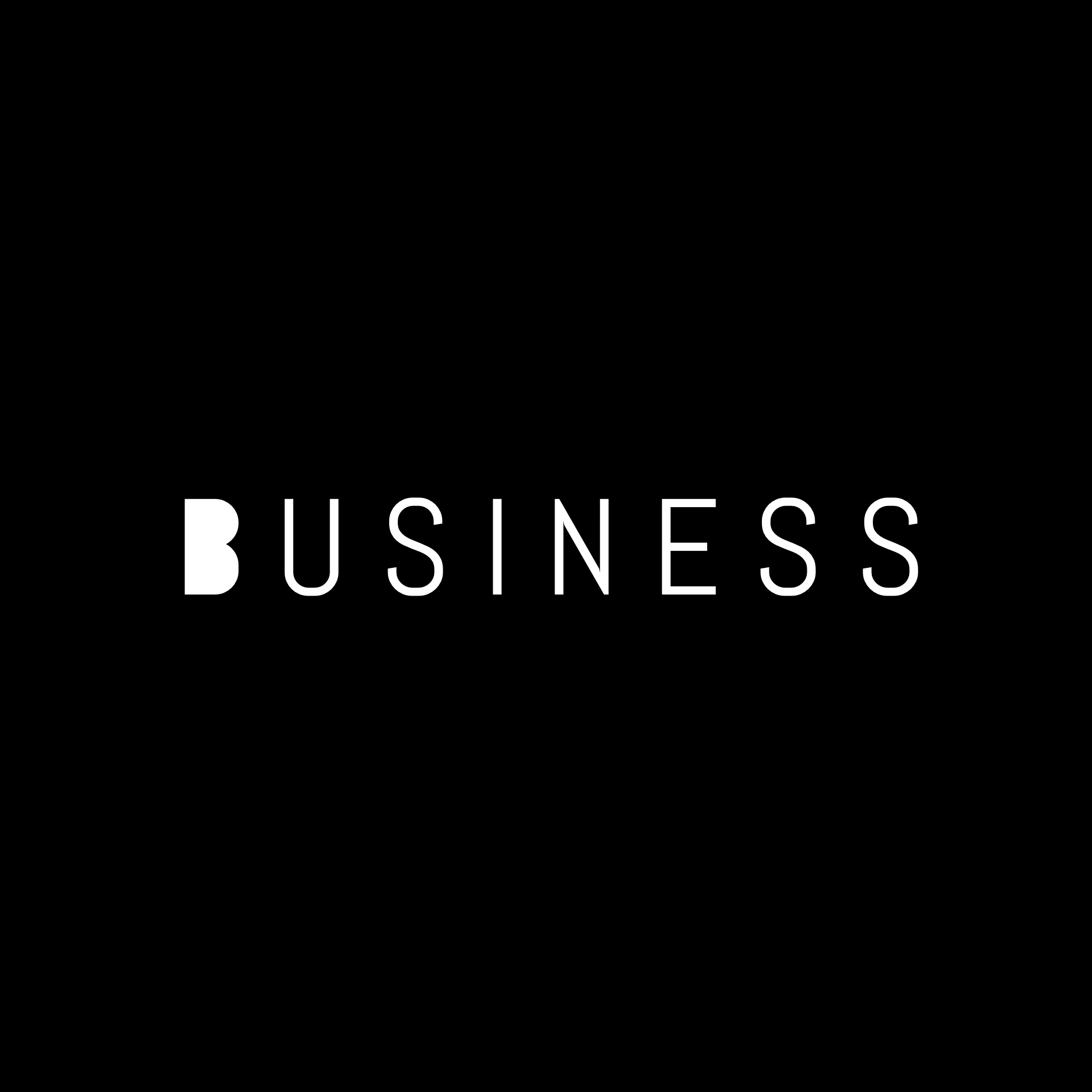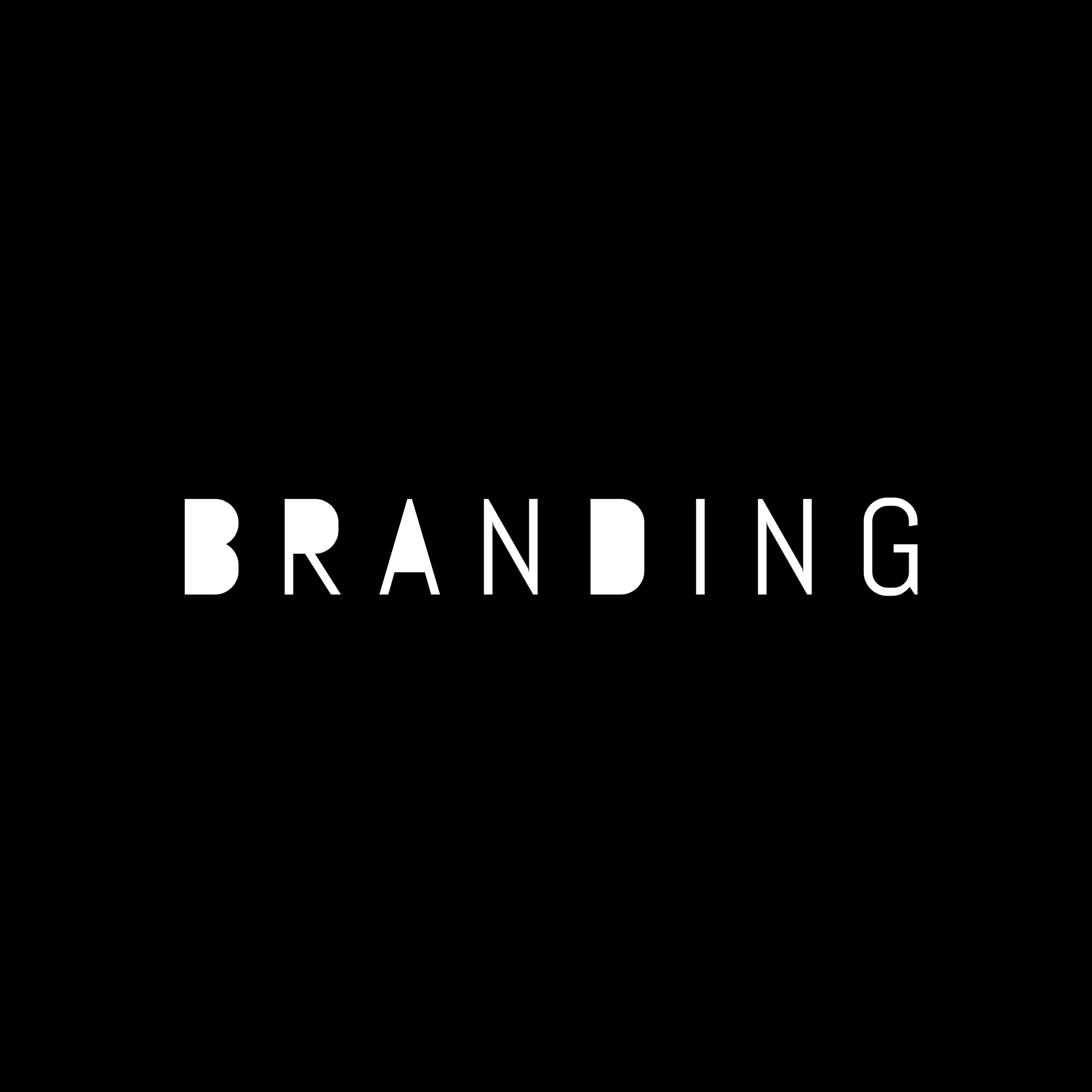Planning is Everything: DIY Business Plan
/Planning is everything when you are launching and running a business. Creating a business plan keeps you on point but allows for flexibility to meet unexpected challenges and surprises. There are several free business plan templates available online. If you need assistance and guidance, consult a professional to get you on track. Free downloads of business plan templates are at the end of this post.
Some critical elements to a business plan are as follows:
1. Executive Summary
An executive summary should briefly describe the company, the product or service, and the unique opportunity your company is offering. It should also provide a short description of your key management team members and an outline of the investment you are seeking.
2. Table of Contents
Very few investors will read your plan from front to back. Instead, they will normally jump around looking for the details they need to make an informed investment decision. Keep this in mind when you create your table of contents, and organize it to make it as easy as possible for readers to find their way around your plan.
Your table of contents should list all the major sections within your business plan, and can also be broken down into important or clarifying sub-sections. Make sure your table of contents page is organized, clear, neat and properly numbered.
3. Company Description
Explain in general terms who you are and what you do. It should also cover the history of your company, how you reached this point, and where you intend to go in the future. Consider covering the following in your company description section:
Legal Description
Include details about where and when the company was formed, where and when it was incorporated, a one line description of what business you are in, and a brief overview of what your company offers.
History of The Company
Provide a general overview of the history of your business. Organize details of your company into a timeline or narrative format, and include your achievements and significant milestones. Explain why you started the company, the driving force behind its inception, and how your product/service mix has changed over time.
Current Status
Provide a snapshot of where your company is today. Are you in one location, what do you sell now, how many employees do you have, and how successful are you? Point out your current strengths, but also honestly and frankly address your weaknesses.
Future Goals
This section gives your reader an idea of where your company is heading. What are looking to accomplish over the next 1, 3, 5 and 10 years? Relate these goals to the investment you seek so an investor understands why you need their money and what you intend to do with it. Explain the overall approach for reaching growth and profit goals in optimistic language, but make sure it’s realistic.
4. Mission & Vision
Your mission and vision statements tell your reader what you and your business are all about – what your company stands for, what you believe in, and what you intend to achieve.
Is there a difference between a mission and vision statement? Yes, the differences are:
• Your VISION defines your long-term dream. It should not be achievable. That may sound ridiculous, but the objective is for your vision to always be just slightly out of your reach. It’s what you constantly strive to attain, and it becomes your reason for being.
• Your MISSION is what you intend to become or accomplish. It should be challenging but achievable. A well-written mission statement demonstrates that you understand your business, have defined your unique focus, and can articulate your objectives concisely to yourself and others.
5. Products & Services
Product Overview
If you are selling a product, your reader will want to know what it is, what it does, and its features and benefits. Consider including pictures if they would help your reader get a better understanding of your product. Discuss its size, shape, color, cost, design, quality, capabilities, technological life-span and patent protection.
Service Overview
If you offer your customers a service, explain what that service(s) are, how they work, and what need they address in the marketplace. Where will you operate? What makes your service different? What materials or equipment is needed? What are your days and hours of operation? Explain the steps in your service process and the benefits you offer your clients.
Some excellent free download resources are:























































